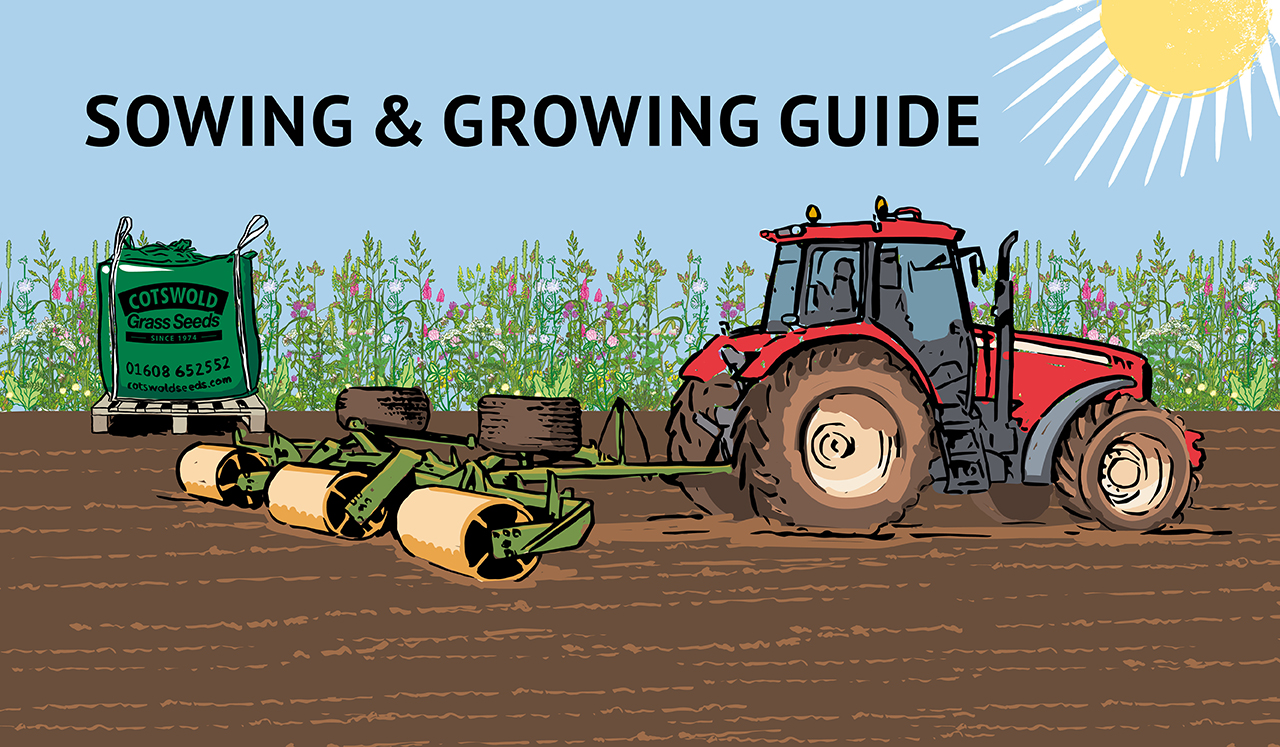

Alsike clover (trifolium hybridum) is a short term perennial. It is a true clover, not a hybrid as the name suggests. It was originally discovered in Sweden.
Alsike will grow better on wet and acidic soils with a low pH. It was formerly used to avoid 'clover sickness' which arose from red clover being grown too frequently.
The flowers are a pale pink/white colour, often with a pinker underside and whiter top to each flower. The roots are reasonably extensive, spreading out below the soil surface unlike the deeper penetrating taproot of red clover.
When to Sow: The majority of clovers should be sown into warm soils in the spring or before soils start to cool in the autumn. The establishment is less reliable after the middle of September.
Sowing Rate: 1.5 g/m2 - 6kg per acre - 15kg per ha.
Preparation: The most successful results come from sowing into a newly prepared seedbed. Aim to cultivate the top soil to about 5cm, with a light cultivator or discs. The finished seedbed should be fine but firm, with no clods. Several passes with a cultivator may be needed to achieve this.
Sowing: Clover seed is small and should be broadcast or drilled to a shallow depth (no more than 10mm). Sowing too deep will reduce the germination dramatically. The seed should be rolled after sowing to increase seed to soil contact.
Management: As a perennial, alsike clover can be topped or grazed and will continue to regrow for a few years. The best way to terminate alsike clover is to use a selective herbicide or terminate by inversion ploughing.
Date Posted: 13th January 2023



